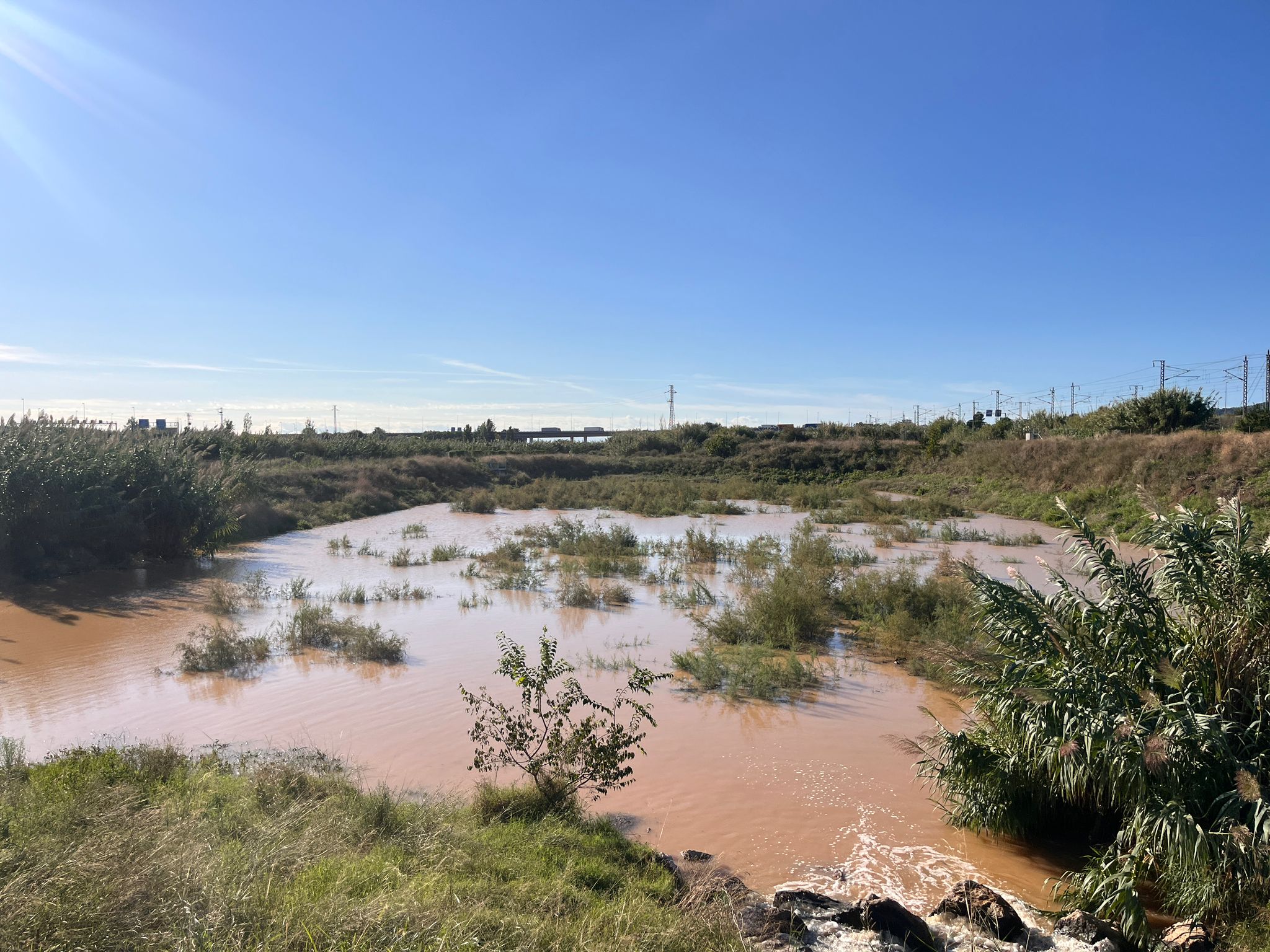Barcelona and its metropolitan area have been an area of great social and economic development (both industrial and agricultural). The large concentration of human population, industry and services in the Barcelona Metropolitan Area must face the scarcity of water resources, serious seasonal and interannual variations and deficiencies in the quality of the sources. A large part of these water resources is found in the middle and lower basin of the Llobregat River and its aquifers.
The most important aquifers in the Llobregat River basin are found in its lower part, that is, the Baix Llobregat Aquifer System. The intensive development of groundwater since the end of the 19th century and mainly after the 1950s has drastically changed its hydrological functioning. The quality of groundwater has suffered from the increase in salinity due to the potash extraction area in the center of the basin and the seawater intrusion.
A groundwater user community was created that plays an important role on the path towards sustainable use.
More careful management is reversing and improving the situation, thus preserving the role of aquifers as a crucial factor for the water supply in the Barcelona Metropolitan Area. In addition to managing groundwater quantity through stricter models and standards designed to protect water quality, further measures include artificial recharge and the installation of a hydraulic barrier to prevent seawater intrusion by injecting highly treated reclaimed wastewater.
In drought episodes, the aquifer becomes an important source of supply, to the detriment of its quality, especially regarding chlorides. In this sense, the challenge posed is to define a decision support tool based on the decrease in the level and its consequences with respect to quality in order to manage groundwater resources more effectively.



